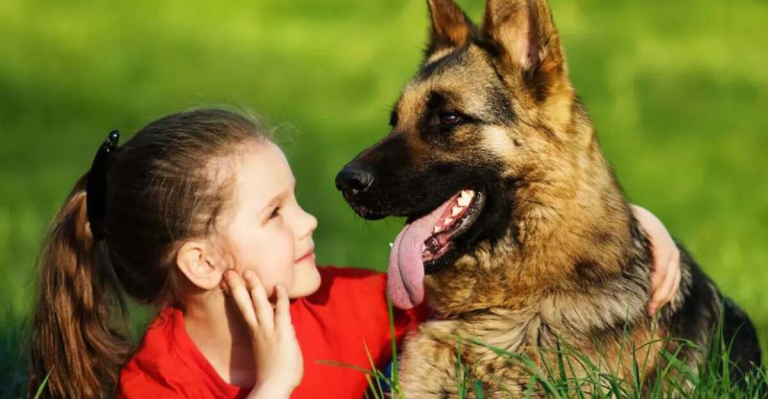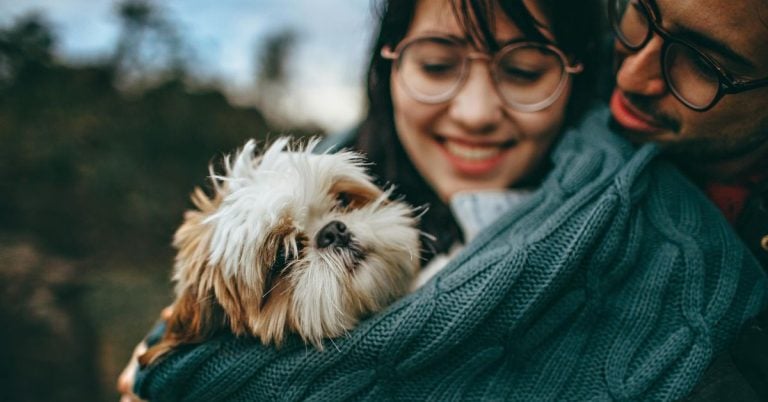15 Dog Breeds That Few People Ever Get To Meet

You probably haven’t crossed paths with these dogs, and that’s not by accident. Some breeds stay quietly hidden in specific corners of the world, doing work that never makes headlines. Still, each one carries its own legacy. Here’s a look at 15 uncommon dog breeds that most people may never meet.
Azawakh

Nomadic tribes in Burkina Faso and Niger bred the Azawakh to defend camps and chase antelope. Its gait resembles a feline’s, and unlike most sighthounds, it bonds deeply with a single person. In the U.S., it remains underrepresented in kennel club registrations.
Norwegian Lundehund
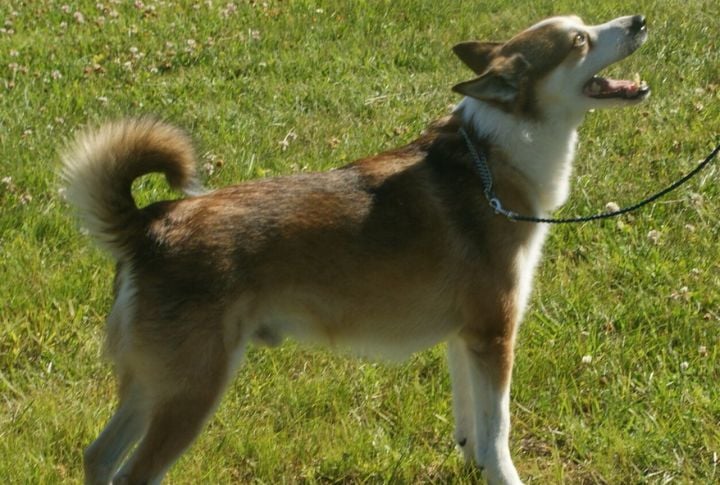
Six toes and a double-jointed neck describe the Norwegian Lundehund. This breed evolved to raid puffin nests on sheer cliffs and nearly vanished after WWII. Even after the near-extinction event, only six Lunderhunds survived. It still suffers from a limited gene pool and needs careful breeding.
Otterhound

As of 2024, the number of otterhounds in the U.S. is estimated to be below 300. Bred in medieval England for otter control, this scent hound sports oily fur and webbed feet. Otter hunting became illegal in 1978, and the breed’s purpose disappeared overnight. Today, conservation groups fight to preserve it.
Chinook
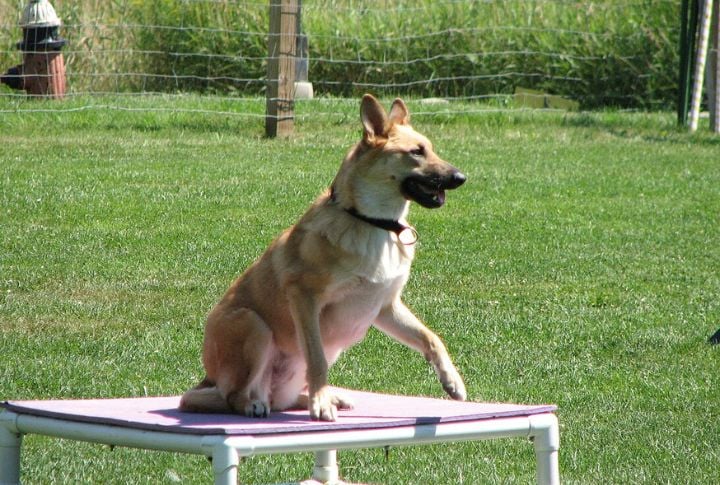
Arthur Walden created the Chinook in the 1910s for winter expeditions, blending mastiff and husky lines. The original dog, named Chinook, led sled teams in Admiral Byrd’s Antarctic journey. Declining interest in freight sledding led to near extinction. In 1981, only 11 breeding dogs remained.
Lagotto Romagnolo

Italy’s only recognized truffle-hunting dog, the Lagotto Romagnolo, was once a water retriever. Farmers in Emilia-Romagna trained them to sniff out fungi worth thousands. Their sharp nose and digging instincts make them experts. They’re now used worldwide, where trained pigs used to dominate the truffle scene.
Thai Ridgeback
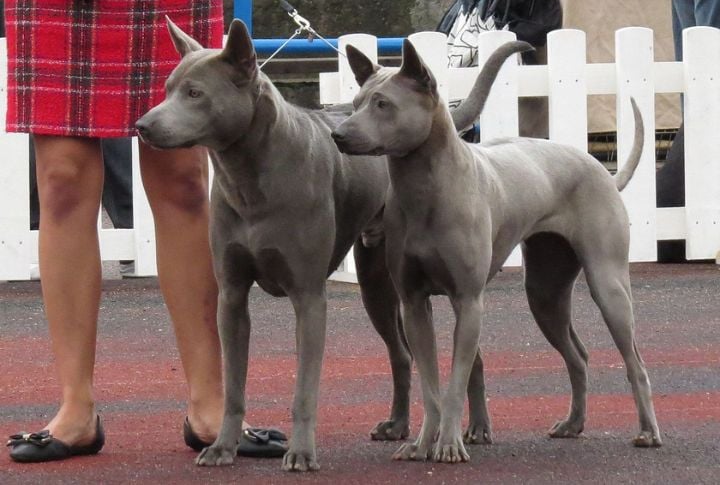
One of just three breeds with a dorsal ridge, the Thai Ridgeback was long isolated in eastern Thailand. It self-hunted for generations, surviving without human intervention. The breed’s independence and protective instincts persist today. You’ll rarely see one outside Southeast Asia or specialized U.S. breeders.
Stabyhoun

With fewer than 7,000 Stabyhouns living globally, it remains a Dutch household name but a global rarity. Farmers relied on it to hunt moles and retrieve ducks. Its multi-functional purpose kept it off the show circuits. First exported in the 2000s, it remains largely unknown abroad.
New Guinea Singing Dog

In 2016, trail cameras captured images of New Guinea Singing Dogs roaming free, contradicting beliefs that they were extinct in the wild. Their signature vocalizations include harmonic overtones rarely found in mammals. Though related to dingos, they display unique climbing behaviors and sometimes scale fences without a sound.
Glen Of Imaal Terrier
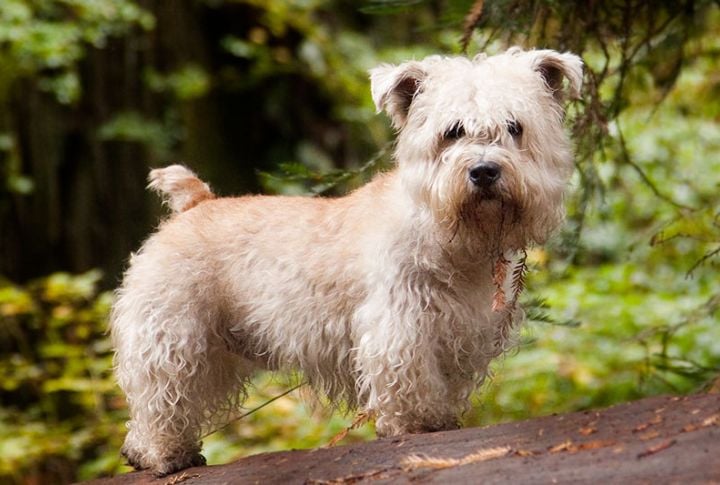
Unlike its terrier cousins, the Glen was developed to work silently. In rural County Wicklow, they turned meat spits using a treadmill-like wheel called a “dog wheel.” This dog’s forelegs angle outward for digging, and its muted bark kept the livestock calm. Only a few dogs today have such quiet tenacity.
Mudi
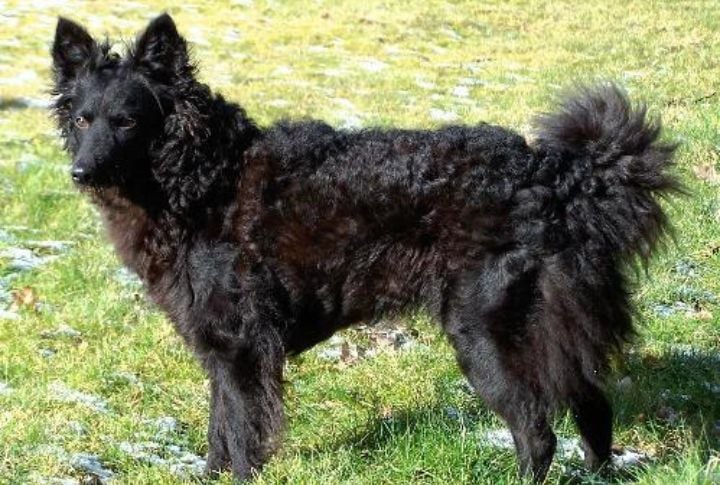
Officially recognized in 1936, the Mudi remained largely unknown outside Hungary, where small farming communities quietly preserved the breed. Its rarity still endures, and its striking merle coat and quick-thinking nature make it a standout in herding and agility competitions.
Xoloitzcuintli

DNA testing confirms that the Xoloitzcuintli is among the oldest dog breeds in the Americas. Sacred to the Aztecs and Toltecs, it served as a healer and was believed to cure ailments through body heat. The breed comes in three sizes and coated variants, yet most people know only the hairless form.
Grand Basset Griffon Vendeen

This scenthound, built for endurance, tracked rabbits across thick underbrush in western France. Its shaggy coat resists thorns, and its loud voice keeps hunters oriented in dense terrain. AKC recognition in 2018 helped spotlight the breed, but its numbers in the U.S. remain very low.
Karelian Bear Dog

U.S. wildlife agencies employ this Finnish breed to haze bears away from urban areas. Unlike many hunting dogs, it works solo and maintains visual contact without constant barking. The breed’s lineage includes Laika-type dogs, linking it to ancient hunting traditions in Eurasia’s northern forests.
Berger Picard
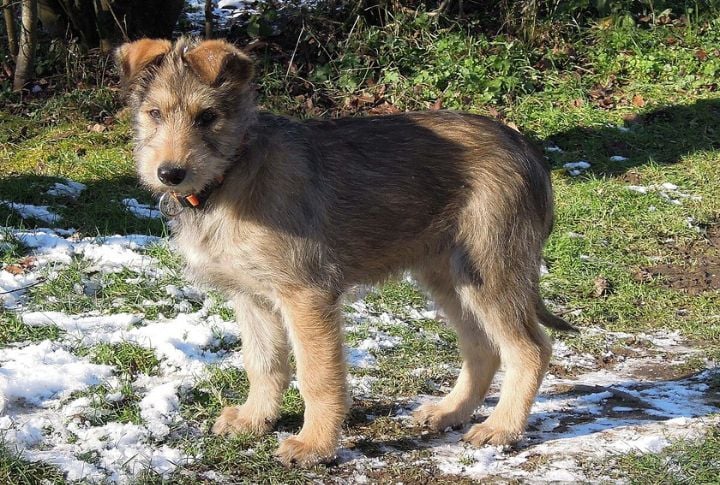
Once a familiar sight in French pastures, the Berger Picard declined sharply by the mid-1900s. Recovery efforts began in the early 1950s, and the number was slowly rebuilt. Today, with fewer than 300 in North America, this rough-coated herder remains a rare and remarkable companion.
Cesky Terrier

The Cesky Terrier, bred for hunting in thick woodlands, stands out with its short legs, long body, and silky coat. Its even temperament sets it apart from feistier terriers and makes it as comfortable in a family home as on rugged trails.



